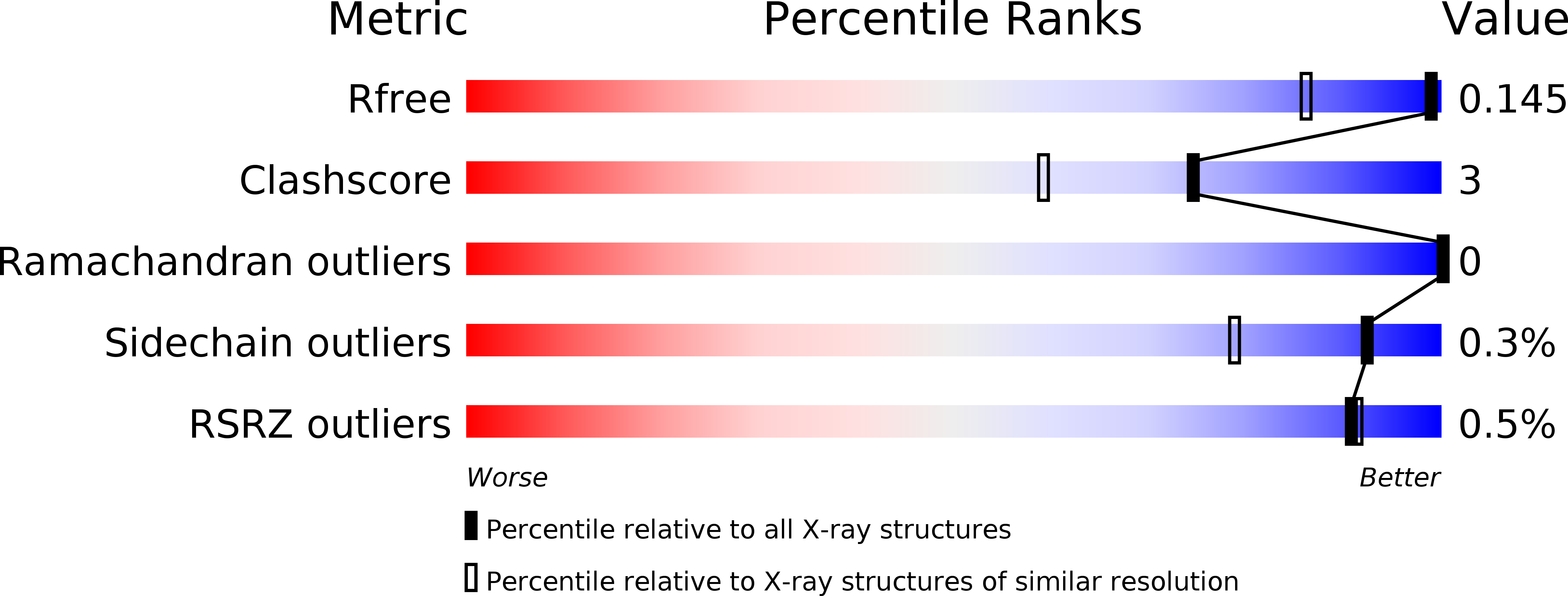
Deposition Date
2019-07-17
Release Date
2019-10-23
Last Version Date
2024-11-13
Entry Detail
PDB ID:
6SAO
Keywords:
Title:
Structural and functional characterisation of three novel fungal amylases with enhanced stability and pH tolerance
Biological Source:
Source Organism:
Thamnidium elegans (Taxon ID: 101142)
Host Organism:
Method Details:
Experimental Method:
Resolution:
1.20 Å
R-Value Free:
0.13
R-Value Work:
0.10
R-Value Observed:
0.11
Space Group:
P 21 21 21


